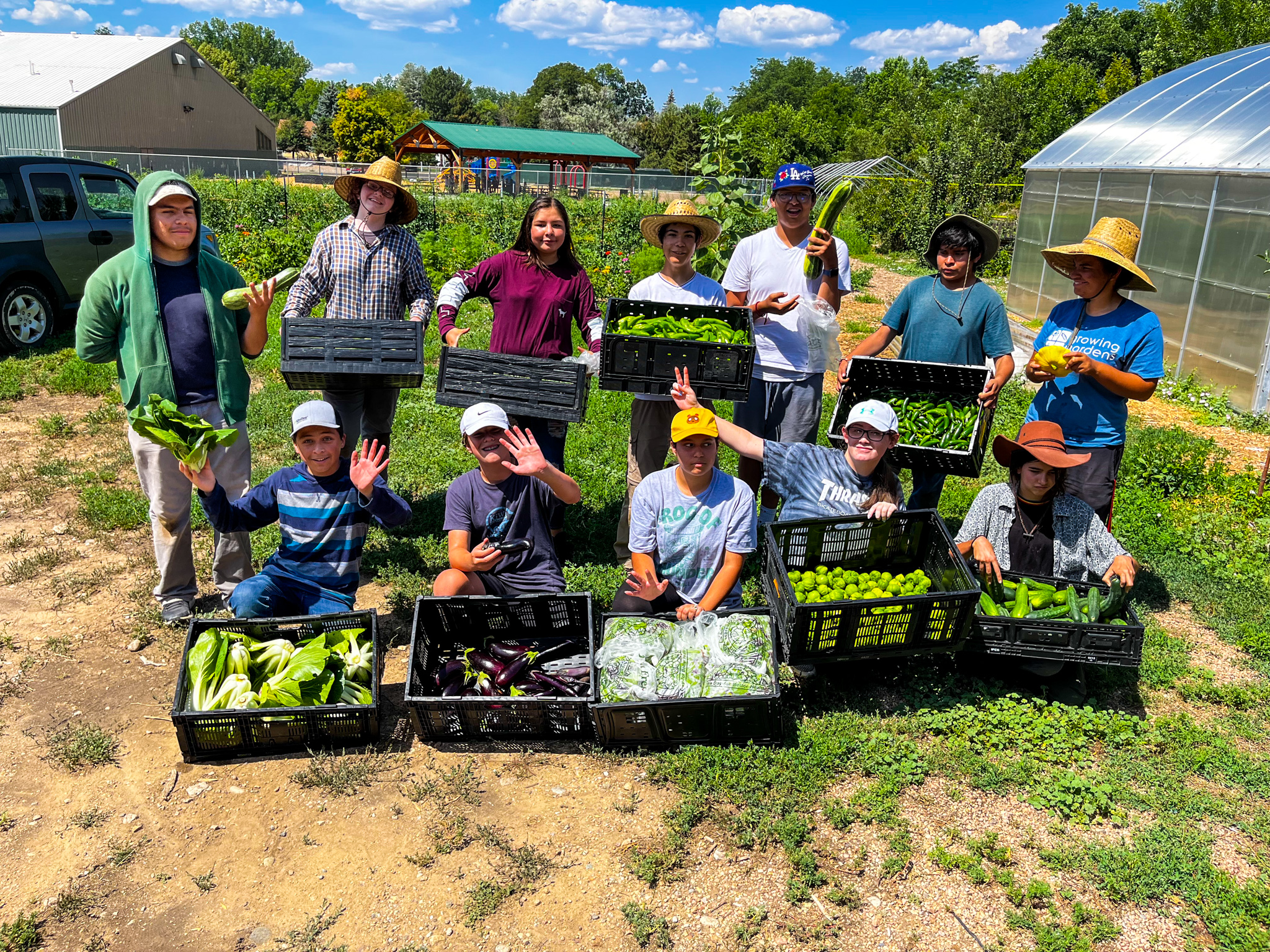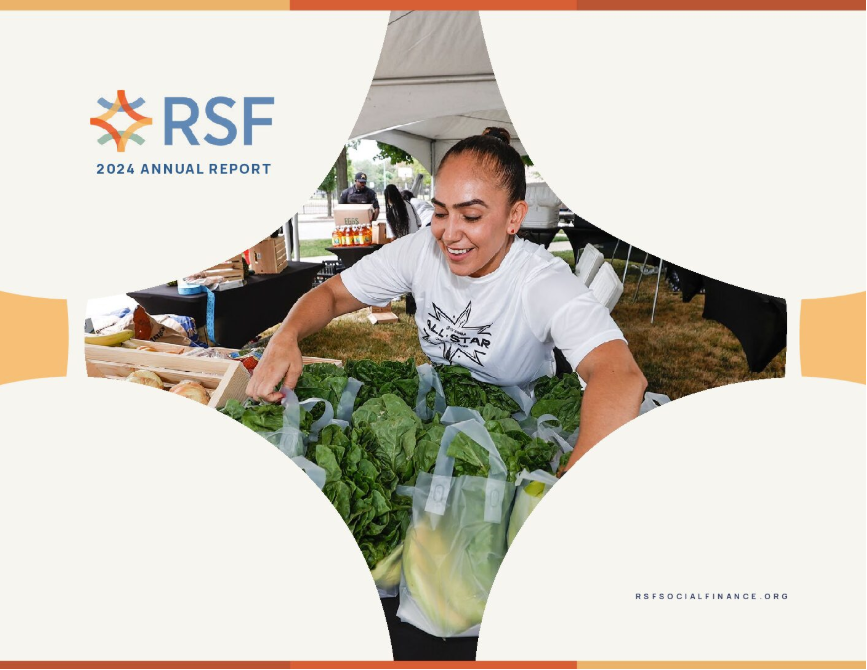I discussed the evolution of the American version of economic life: an industry of limitless production fueled by commoditized land and labor, growing economic inequality, and volatile market fluctuation.
Numerous economists have observed the cyclical patterns of boom and bust, the disparity of wealth and poverty that seem an endemic part of the industrialized and global economy. But, none has addressed it as directly as Henry George with the publication of Progress and Poverty in 1880. In the book, which caused no little controversy, George argued that land and natural resources should be owned in the commons, and that private ownership and the control of rents was one of the major contributing causes of impoverishment of the many at the hands of the few. As a remedy, he proposed a single tax on the value of land. This tax would return to the public the monetary resources that in some senses were sequestered in the land and in private hands. He hoped to free up enterprise and enliven the diversity of the free market by eliminating production taxes. He argued that the single land tax would provide adequate revenue for the government’s needs. It was simple and brilliant, and a threat to those in power. What George was trying to do was find a monetary equivalent for decommoditizing the land, to make it in the community’s interest to make sure that the land was rightfully used and stewarded for future generations. George’s was a land-based economy in which the community benefited from the wealth generated by the increasing value of land. He was mostly concerned with the multiplier effect of manufacturing and production on the value, especially in cities, and less concerned about the role of land in agriculture since it was not subject to the same kind of dynamic of development.
Henry George’s approach to economics represents a view that land and all natural resources are not economic unto themselves. That is, they do not enter the economic stream until someone works on that resource; the product of that work is economic. Rudolf Steiner in his lectures on Economics given in 1922 put forth a similar concept and elaborated further that this work on the land generates one kind of value. He also identified a second kind of value stream: that which emerges when intelligence is applied to labor. These dynamically related principles lie at the heart of economic life, lead naturally to the division of labor, and the capacity to arrange that labor in such a way as to achieve efficiency and surplus capital. In some ways we have lost sight of the first value stream as our consciousness and technical capacities have developed. The land-based stream has been devalued as it tends toward place, and stands against the imperative of capital and global markets.
Steiner’s insights into evolving economic life, which he saw as global in nature, run counter to the prevailing market money paradigm in which everything down to genetic structure is owned and commoditized. Steiner stated that all the essential elements of the economy—land, labor, and capital—were phenomena not commodities. Economic life as we experience it emerges from the interactions between them, and is embodied in people’s capacities to recognize and meet each other’s material needs. For example, it was an invention of industrial society to be able to attach a price to someone’s work. It was as if to parse an individual’s capacity into machine-like component of production. In essence, Steiner also said that capital is not a singular thing, but instead could be traced in movement through its various functions. The value of that capital would be realized in how it could serve initiative and enterprise in the economy. In his far-reaching view he felt that treating capital and money as a thing would lead to a world of speculative or virtual rather than real value.
In her study of economic life, especially in an urban environment in the late 20th century, Jane Jacobs developed a vision of self-sustaining regional economies based upon what she called import replacement. Hers was a vision of small to medium-scale entrepreneurs and manufacturers who would find ways to make things locally that the community needed but had gotten by importing them. Her imagination was of a vibrant diverse and interconnected economy that depends on outside inputs only in so far as they enable local innovation. She indicated that this approach would sustain the local entrepreneurship, the job market and the rest of the local economy, and at the same time reduce the environmental degradation that results from extensive transportation of goods. Her vision also includes that which both Hamilton and Jefferson missed—a mindfulness of organic systems that looks at waste as an integral part of the economic whole and which finds innovative ways to transform that waste into new value. From a financial standpoint she realized that money kept in local circulation as a result of import replacement would have significant added value for the quality of community life. It should come as no surprise that her work has become a prime inspiration and philosophical framework for the local living economies movement. Jacobs crafted an economics of place in which land and regional natural resources play an important part, but her take on land itself in relation to economic value is not directly addressed.
Each of these visionary economic thinkers saw the economy as a whole system, and each brought a new perspective based upon the reality of their respective times. The purpose of narrating these various views of land and money is to tease out of them some sense of how we can actually live in a dynamic tension between the two, and to resurrect the shared reality and importance of land and natural resources, not as economic in and of themselves, but as part of a livable economic future—and before it is too late to do so. And further, to revise our understanding of capital; to the extent that it represents applied intelligence, it serves as something of a mediator, moderator, and motivator of the two.
by John Bloom


